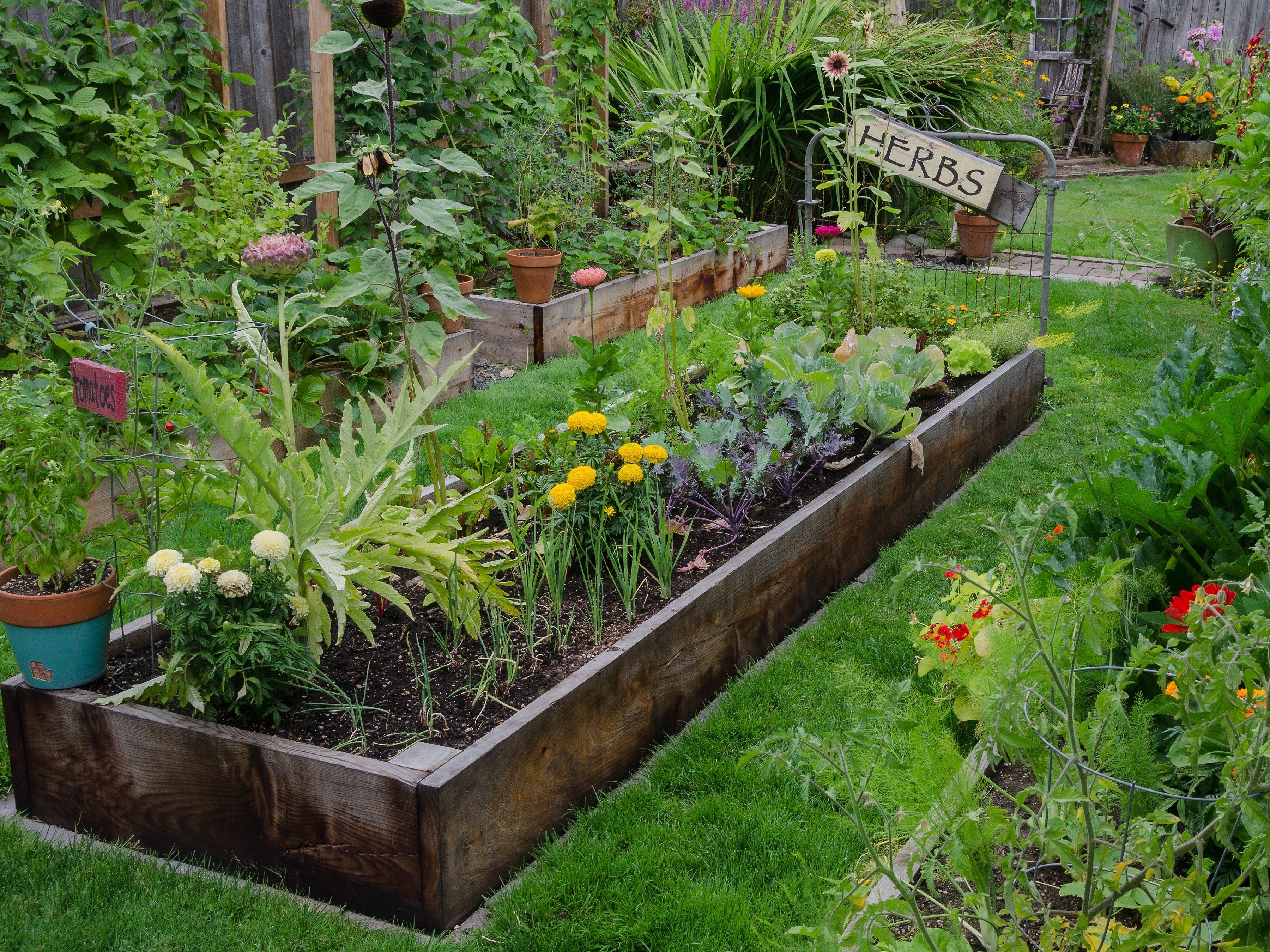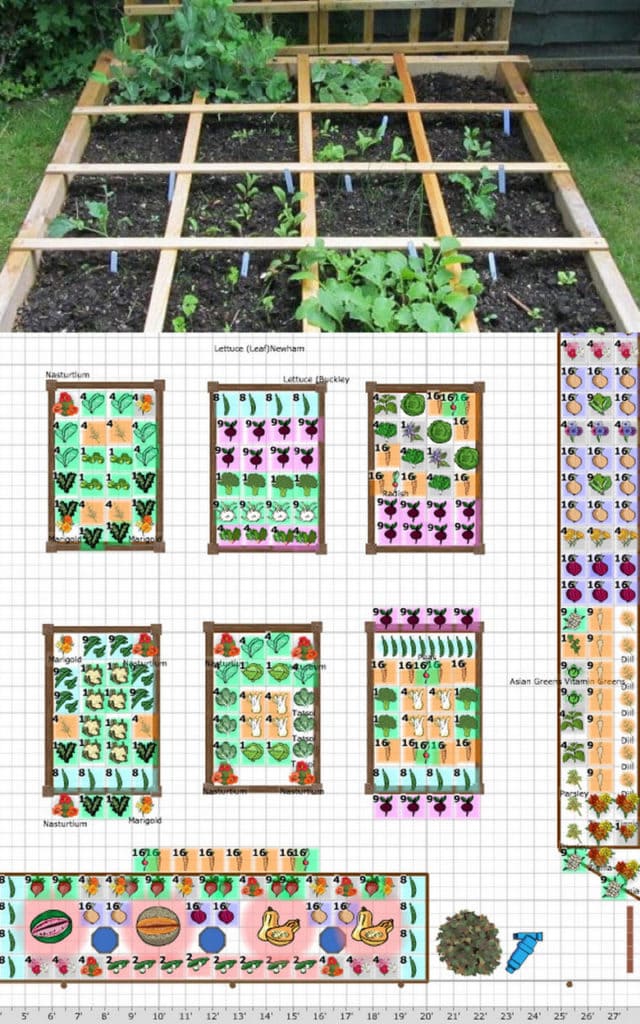How to Grow a Vegetable Garden in Raised Beds: Easy Guide

Imagine stepping into your backyard and plucking fresh, vibrant vegetables straight from your garden. Picture the satisfaction of serving a homegrown salad to your family and friends. Growing a vegetable garden in raised beds is not just a hobby; it's a rewarding experience that connects you with nature and provides a bountiful harvest. Let's dive into this comprehensive guide to help you get started on your gardening journey.
Why Choose Raised Beds for Your Vegetable Garden?
Raised beds offer numerous advantages over traditional in-ground gardening. They provide better garden drainage, making it easier to control the soil quality and prevent weeds. Plus, they're easier on your back, as you don't have to bend down as much. But perhaps the most compelling reason is the ability to create a perfect raised bed soil mix tailored to your plants' needs.
Planning Your Vegetable Garden Layout
Before you start building, take a moment to plan your vegetable garden layout. Consider the size of your beds, the types of vegetables you want to grow, and the amount of sunlight your garden receives. A well-thought-out layout can maximize your space and ensure optimal growing conditions.
Choosing the Right Size and Shape
Raised beds come in various sizes and shapes, but the most common dimensions are 4 feet by 8 feet. This size allows you to reach the center of the bed from either side, making it easier to tend to your plants. You can also opt for square foot gardening, a method that divides your bed into 1-foot squares, each dedicated to a different type of vegetable.
Selecting the Best Location
The location of your raised beds is crucial. Most vegetables need at least 6-8 hours of sunlight per day, so choose a spot that gets plenty of sun. Also, ensure the area has good drainage to prevent waterlogging, which can harm your plants.
Building Your Raised Beds
Now that you've planned your layout, it's time to build your raised beds. You can use various materials, such as wood, metal, or composite materials. Each has its pros and cons, so choose the one that best fits your needs and budget.
Materials and Tools
You'll need:
- Untreated lumber (avoid pressure-treated wood, which can leach chemicals into the soil)
- Screws or nails
- A drill or hammer
- A level
- Soil and compost
Step-by-Step Guide
- Measure and Cut: Cut your lumber to the desired dimensions.
- Assemble the Frame: Use screws or nails to attach the sides together. Make sure the corners are square.
- Level the Ground: Use a level to ensure the ground is flat. If necessary, remove any grass or weeds.
- Place the Frame: Position the frame on the leveled ground.
- Fill with Soil: Fill the bed with a mix of topsoil, compost, and other organic materials. Aim for a depth of at least 12 inches.

Filling Your Raised Beds with the Perfect Soil Mix
The key to a successful vegetable garden is the soil. A good raised bed soil mix should be well-draining, rich in nutrients, and free of weeds and pests. Here's a simple recipe to get you started:
- 1 part topsoil
- 1 part compost
- 1 part peat moss or coconut coir
Mix these ingredients thoroughly and fill your raised beds. This mix will provide the ideal environment for your vegetables to thrive.
Planting Your Vegetable Garden
With your beds built and filled, it's time to start planting. Consider using the square foot gardening method to maximize your space. This method involves dividing your bed into 1-foot squares and planting different vegetables in each square.
Choosing the Right Vegetables
Select vegetables that are well-suited to your climate and the amount of sunlight your garden receives. Some popular choices include:
- Leafy Greens: Lettuce, spinach, and kale
- Root Vegetables: Carrots, beets, and radishes
- Fruiting Vegetables: Tomatoes, peppers, and cucumbers
Companion Planting
Companion planting is the practice of planting different crops together to benefit each other. For example, planting marigolds can deter pests, while planting beans can improve soil fertility. Consider incorporating companion planting into your garden layout to create a harmonious ecosystem.
Maintaining Your Raised Bed Garden
Once your garden is planted, it's essential to maintain it properly to ensure a bountiful harvest. Regular watering, weeding, and pest control are key to a healthy garden.
Watering Your Garden
Vegetables need consistent moisture to grow well. Aim to water your garden deeply once or twice a week, depending on the weather and soil conditions. Ensure the water penetrates at least 6 inches into the soil.
Weeding and Pest Control
Regularly inspect your garden for weeds and pests. Remove weeds promptly to prevent them from competing with your vegetables for nutrients and water. Use organic pest control methods, such as insecticidal soap or neem oil, to keep pests at bay.
Harvesting Your Vegetables
The most rewarding part of gardening is harvesting your vegetables. Each type of vegetable has its own harvesting guidelines, so be sure to research the specific needs of your plants. Generally, you'll want to harvest vegetables when they're young and tender for the best flavor.

Conclusion
Growing a vegetable garden in raised beds is a fulfilling and rewarding experience. By planning your layout, building sturdy beds, filling them with the perfect soil mix, and maintaining your garden, you'll be well on your way to a bountiful harvest. So, why wait? Get started on your gardening journey today and enjoy the fresh, homegrown vegetables that await you.
FAQs
What is the best depth for a raised bed?
- A depth of at least 12 inches is ideal for most vegetables. This depth allows for good root development and ensures the soil stays moist.
Can I use pressure-treated wood for my raised beds?
- It's best to avoid pressure-treated wood, as it can leach chemicals into the soil. Opt for untreated lumber or other safe materials instead.
How often should I water my raised bed garden?
- Water your garden deeply once or twice a week, depending on the weather and soil conditions. Ensure the water penetrates at least 6 inches into the soil.
What is the best soil mix for raised beds?
- A good soil mix for raised beds includes 1 part topsoil, 1 part compost, and 1 part peat moss or coconut coir. This mix provides the ideal environment for your vegetables to thrive.
How can I prevent pests in my raised bed garden?
- Use organic pest control methods, such as insecticidal soap or neem oil. Regularly inspect your garden for pests and remove any weeds promptly to prevent them from competing with your vegetables for nutrients and water.
0 Response to "How to Grow a Vegetable Garden in Raised Beds: Easy Guide"
Post a Comment